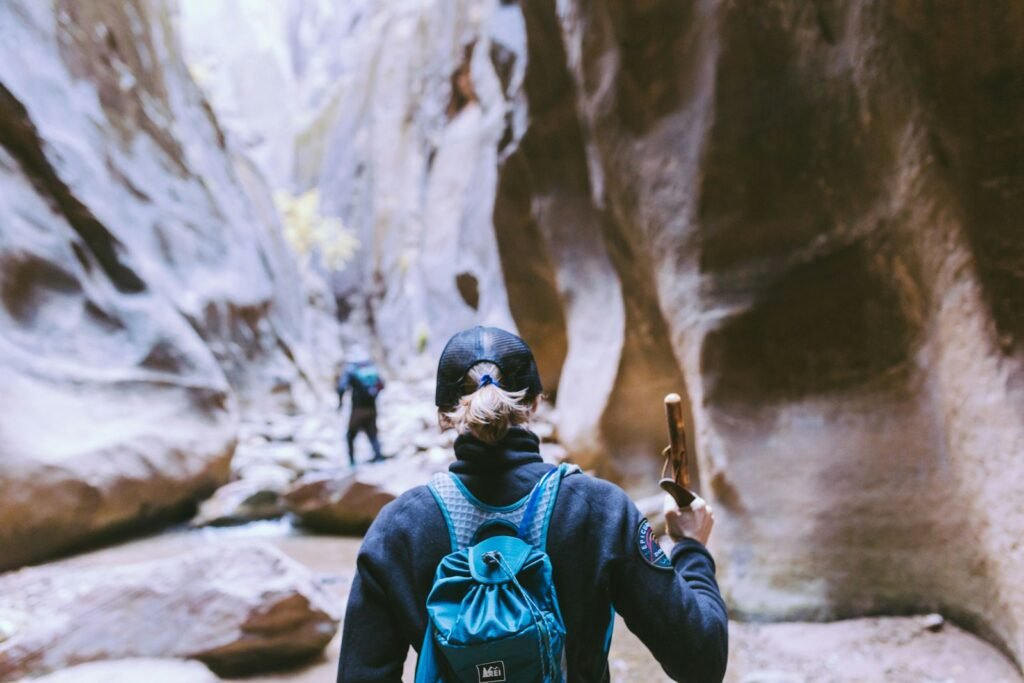The sound of explosives echoes across the ancient Pilbara landscape, sending shards of time tumbling down slopes that have witnessed 46,000 years of human history. Juukan Gorge, a place revered by the Puutu Kunti Kurrama and Pinikura (PKKP) peoples, once stood as a living monument to the resilience and continuity of Aboriginal culture. But in 2020, a single act of corporate-driven destruction shattered not only irreplaceable rock shelters but also the deep spiritual bond between people and land. This is not just a story of lost artifacts—it’s about the collision of modern industry and sacred heritage, the choices we make, and what we stand to lose when progress forgets its roots.
The Ancient Heartbeat of Juukan Gorge
Juukan Gorge is nestled within the red, rugged Pilbara region of Western Australia, a place where the land itself feels alive with stories. Archaeologists have unearthed evidence of continuous human occupation here spanning almost 50,000 years, making it one of the most significant archaeological sites on the continent. Charcoal, ancient tools, and even strands of human hair tell a tale of ancestors who thrived in harmony with this landscape long before the pyramids were built or Stonehenge was raised. These findings are not just fragments of the past—they are proof of one of humanity’s oldest, unbroken cultural lineages.
The Spiritual Significance to the PKKP People
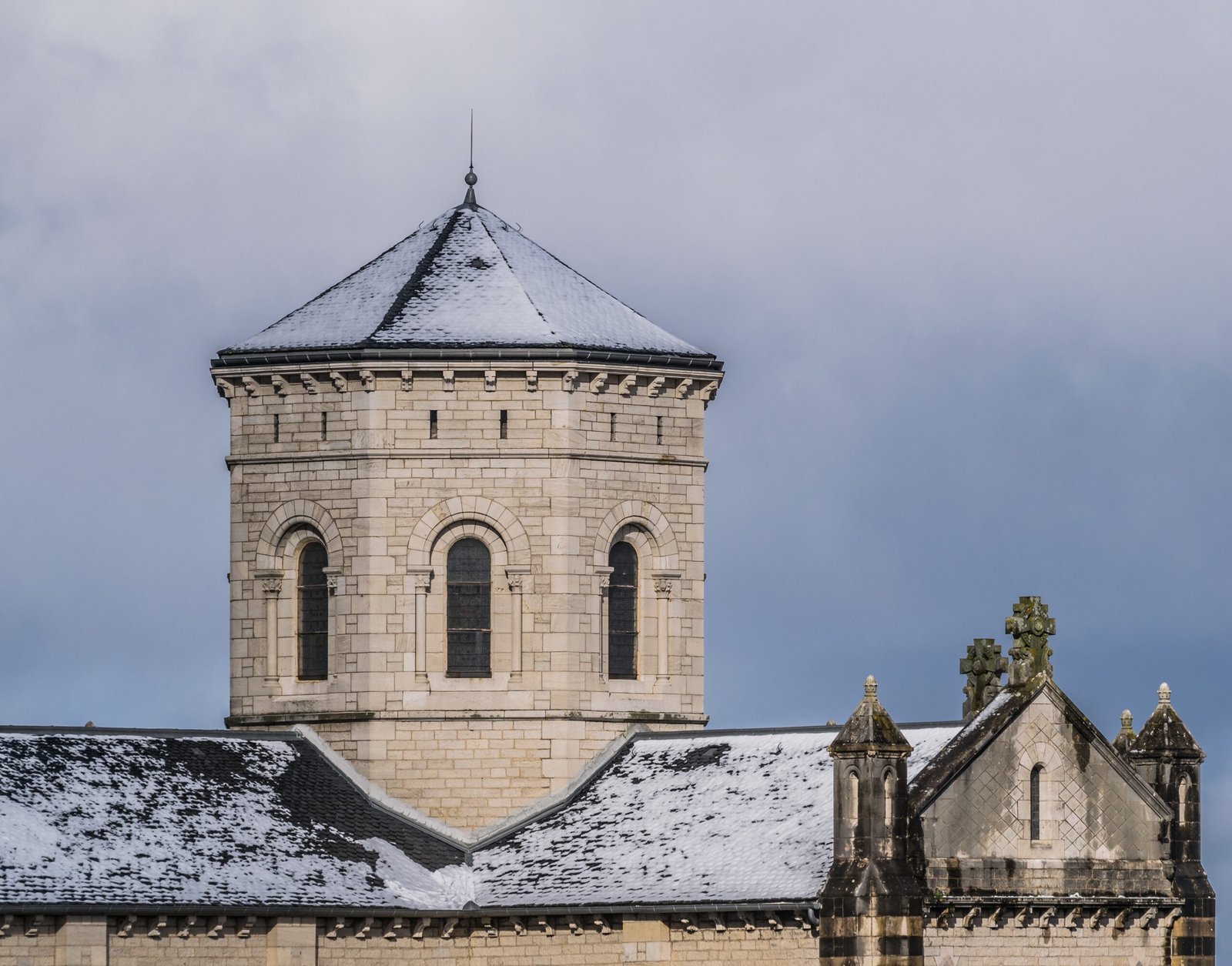
For the PKKP, the land is not just a backdrop; it is a living relative, woven tightly into their identity and daily life. Juukan Gorge is filled with sacred sites, each connected to Dreamtime stories and ceremonies that explain the creation of the world. These stories are passed down through generations, not simply as myths, but as vital instructions for caring for country and each other. When the Gorge was destroyed, elders described it as if a part of their soul had been torn away—a loss that cannot be measured in dollars or rebuilt with human hands.
Mining in the Pilbara: Riches Beneath the Surface
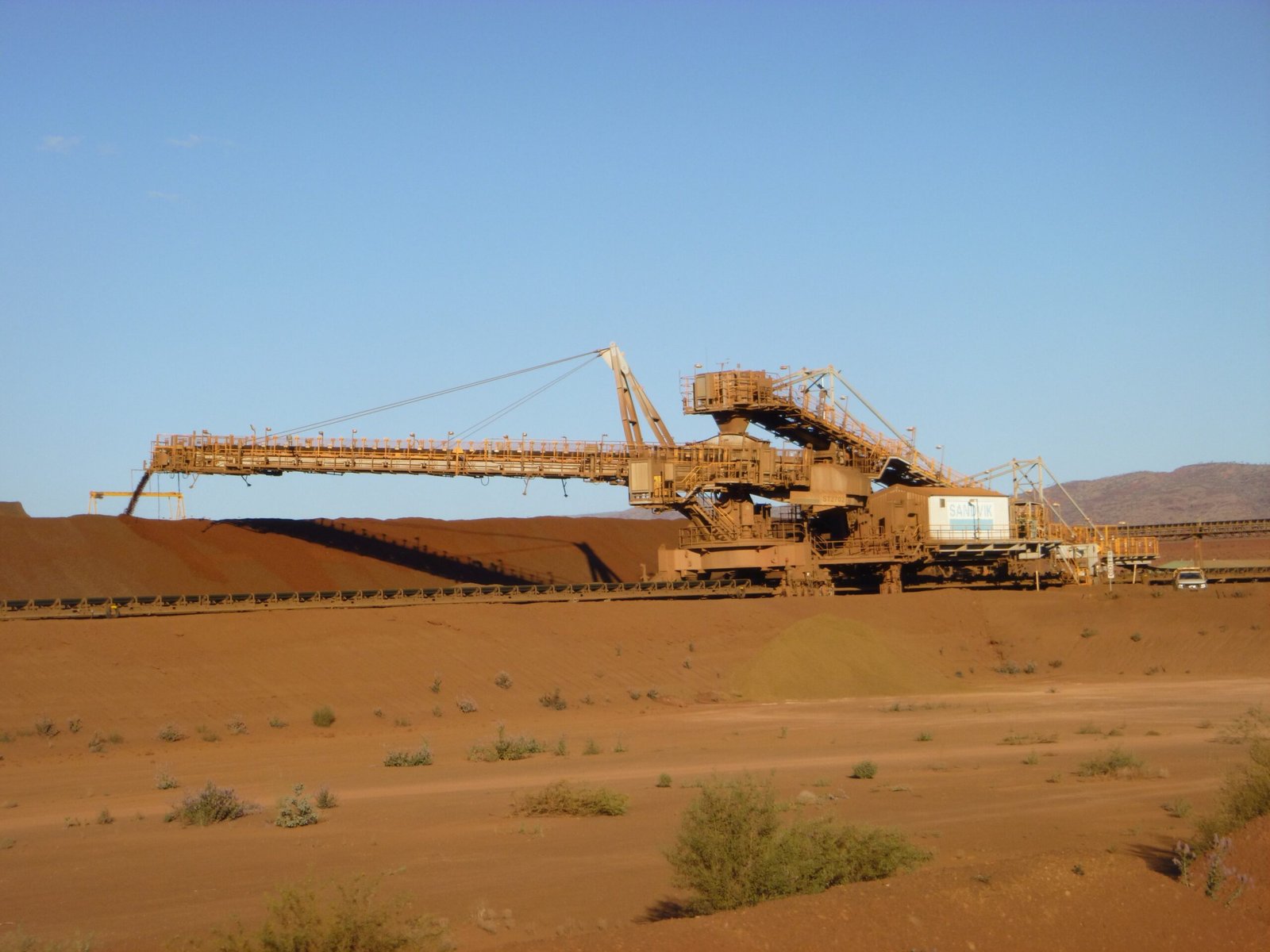
The Pilbara is rich in iron ore, a treasure that has fueled Australia’s economy for decades. Mining companies like Rio Tinto have transformed the landscape with vast open pits, extracting millions of tonnes every year. While this industry brings jobs and wealth, it also brings irreversible change. The tension between economic growth and environmental or cultural preservation is stark here, with vast fortunes drawn from the same ground that holds sacred heritage. The iron beneath Juukan Gorge was seen as a resource, but for the PKKP, it was the bones of their ancestors.
The Day the Earth Trembled: The 2020 Destruction
On May 24, 2020, the world watched in disbelief as Rio Tinto detonated explosives in Juukan Gorge, destroying two rock shelters that had survived the last Ice Age. The loss was immediate and total—archaeological treasures, some of the oldest in Australia, were turned to dust in seconds. The shockwaves were felt far beyond the Pilbara, sparking global outrage and raising urgent questions about the power of corporations, the effectiveness of heritage laws, and the respect owed to Indigenous peoples.
Science Lost: What Was Destroyed Forever

The shelters at Juukan Gorge were a treasure trove for scientists. Inside, researchers found 28,000-year-old bone tools, 4,000-year-old plaited hair that linked directly to today’s PKKP people, and layers of evidence showing adaptation through changing climates. The destruction meant not only the loss of priceless objects but also the stories and knowledge they could have unlocked—about climate change, human migration, and the development of complex societies. It was as if a library of ancient wisdom had been burned to the ground.
Legal Loopholes and Heritage Protection

How could such a disaster happen in the 21st century? The answer lies partly in outdated heritage protection laws. Under Western Australia’s legislation, mining companies could obtain approval to destroy heritage sites, sometimes with little consultation or recourse for Indigenous custodians. Even when new evidence of importance emerged, the legal process made it difficult to halt destruction once permission was granted. The case of Juukan Gorge exposed these flaws in painful detail, showing how the law often lagged behind scientific discovery and ethical responsibility.
Public Outcry and Global Repercussions
The destruction of Juukan Gorge sparked a wave of protest, not just in Australia but around the world. Indigenous leaders, environmentalists, and ordinary citizens voiced their anger and sorrow, demanding accountability from Rio Tinto and urgent reform. The incident led to the resignation of several top executives and forced the company to confront its practices. It also shone a harsh spotlight on the broader mining industry, prompting investors and governments to reconsider how heritage and development should intersect.
The Human Cost: Trauma and Resilience
For the PKKP, the loss of Juukan Gorge was more than a headline—it was a wound that cut deep into their collective spirit. Elders spoke of grief, anger, and a sense of betrayal. Yet, amidst the pain, there was also resilience. The community rallied together, sharing stories and memories, and calling for stronger protections for other sacred sites. Their determination became a symbol of resistance and hope, a reminder that culture endures even when places are lost.
Reckoning and Reform: What Has Changed?
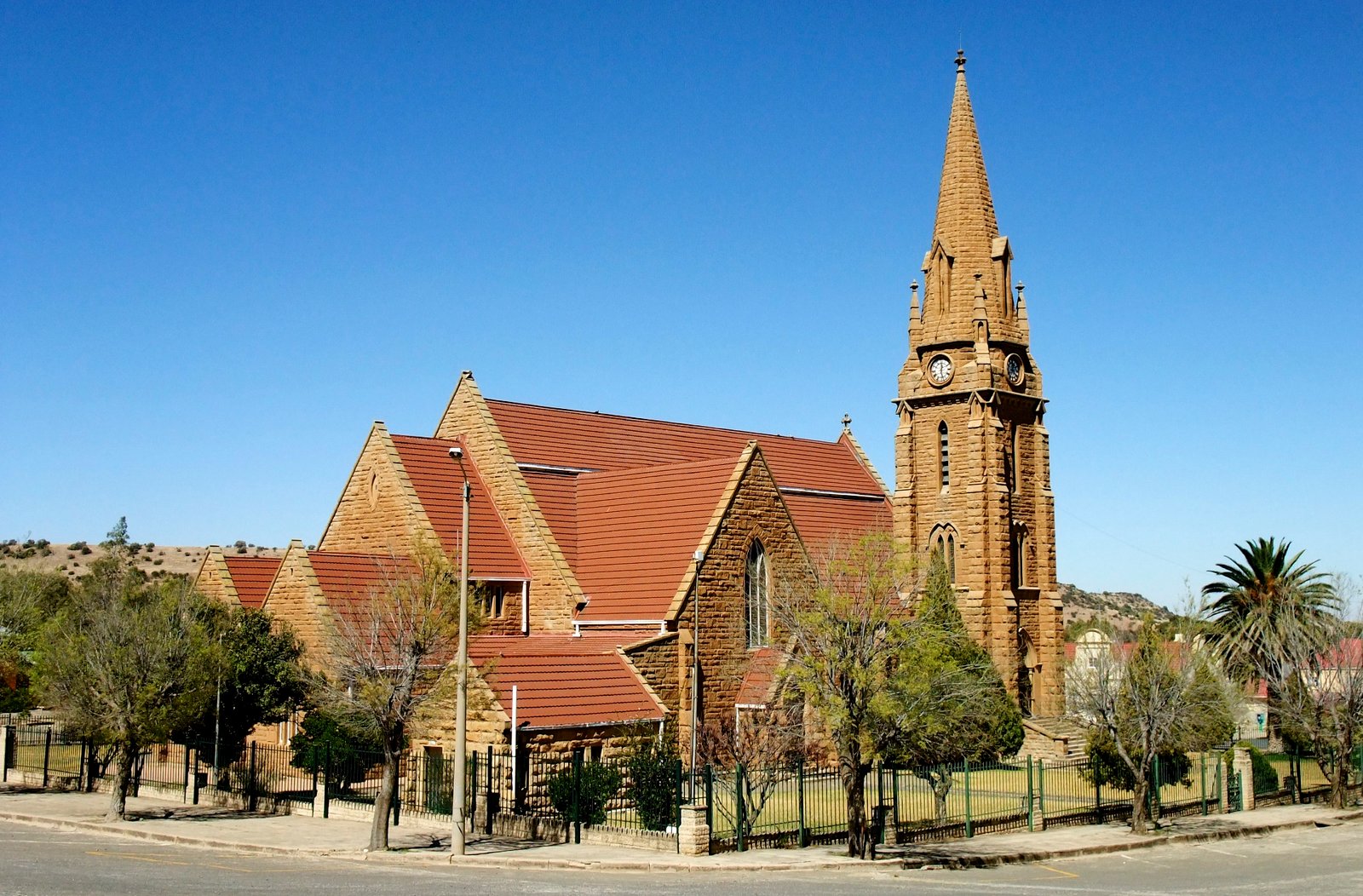
In the aftermath, governments and corporations faced mounting pressure to change. New guidelines were introduced to strengthen heritage protections and ensure better consultation with Indigenous groups. Mining companies began reviewing their policies, and lawmakers debated tougher regulations. While some progress has been made, many argue that true change requires a fundamental shift in values—one that puts cultural heritage on equal footing with economic interests.
Balancing Progress and Preservation
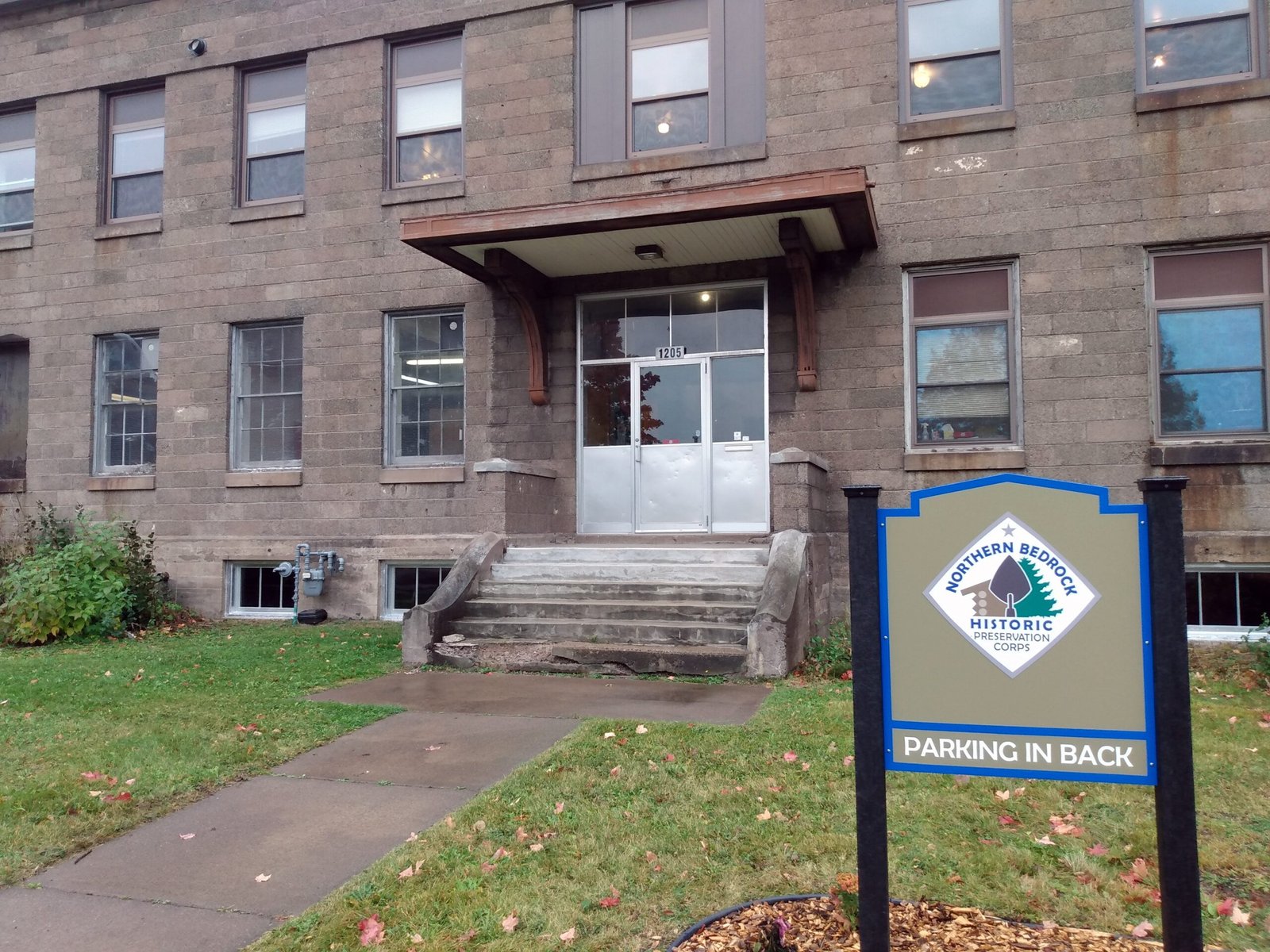
The tragedy at Juukan Gorge forces us to ask: how do we balance the demands of progress with the need to protect what is irreplaceable? As technology and industry drive us ever forward, we must not forget the lessons written in the land. Protecting heritage is not about halting development, but about making wiser choices—respecting the voices of those who have cared for these places for millennia, and recognizing that some losses can never be undone.
The Unfinished Story of Juukan Gorge
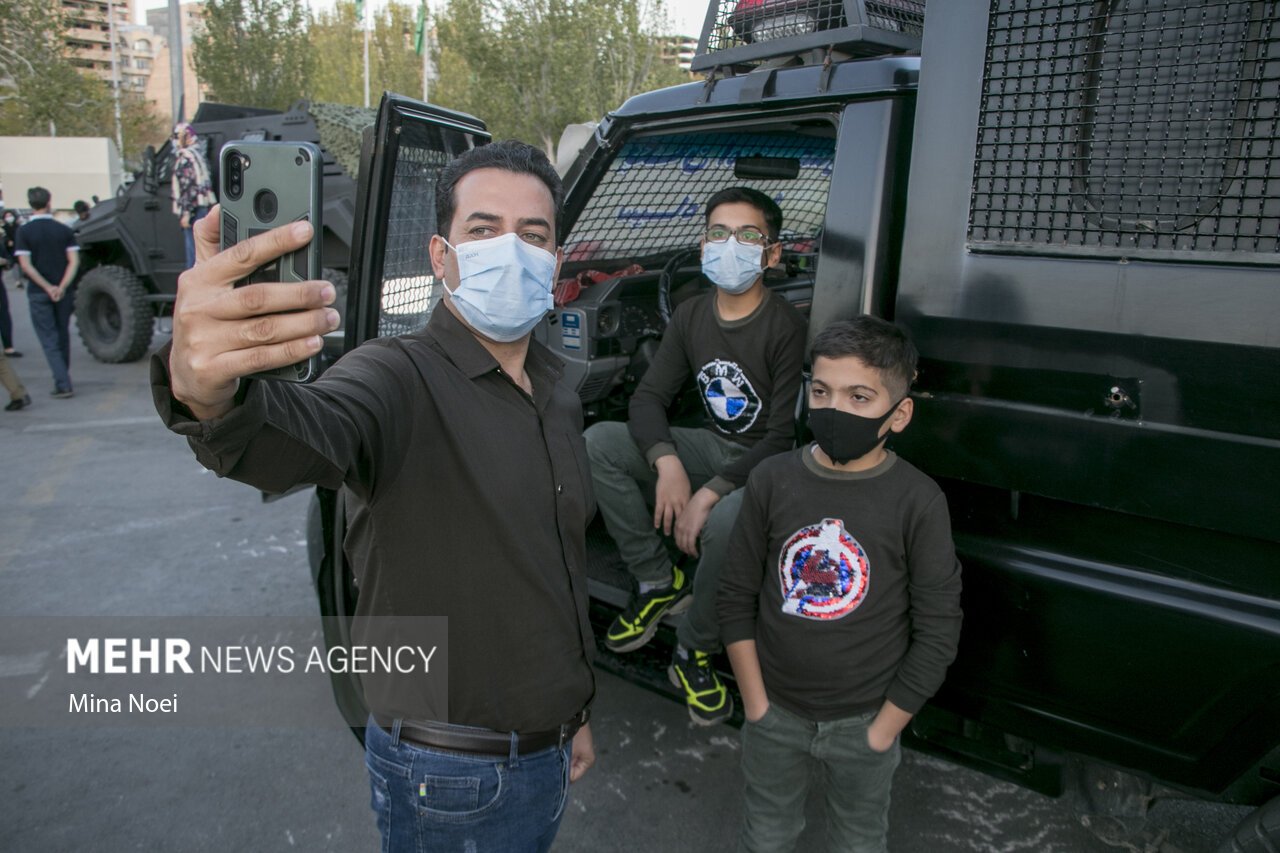
Juukan Gorge stands as a warning and a call to action. Its destruction has changed laws, sparked global debate, and moved countless people to reflect on the true value of heritage. Yet, the story is not finished. The scars remain, but so does the determination of the PKKP and their allies to protect what is left. In the silence where the shelters once stood, there is a question for all of us: What kind of future do we want to build, and what are we willing to sacrifice along the way?

